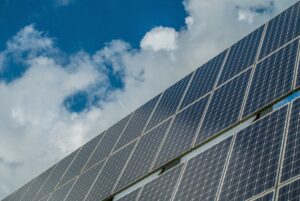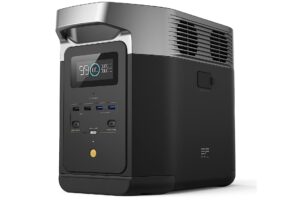A crucial element in integrating renewable energy into our grid


(Image by Sebastian Ganso from Pixabay)
Contributed by Geoff Sparrow, Vice President Of Development, Green Lantern Solar; Advisory Board Member, GridTECH
The recent GridTECH Connect Forum Northeast Conference in Newport, Rhode Island, was a rare example of a much-needed development in our industry.
Designed to join northeastern companies and leaders in forwarding our country’s clean energy goals, the forum had about 400 attendees. Participants represented a relatively even mix of utility executives and engineers, representatives of regional transmission organizations and independent system operators, state policy representatives, public utility commissioners, and renewable energy developers. The event was a stark contrast to many other clean energy conferences that tend to be populated with solar developers speaking about interconnection challenges in an echo chamber.
Panel discussions were thoughtful and thorough and included a mix of industry perspectives. Speakers ranged from utility engineers and executives to local and state-level legislators and developers, focusing on how the sometimes disparate segments of the energy industry can work together to address energy grid-related issues and successfully deploy renewables. These collaborative discussions are vital given that our industry faces significant challenges around hitting the nation’s renewable energy goals. At our current pace, it will take 2-4 decades for the grid to get built out to meet renewable industry demands.
A key component to meeting these goals is the Distributed Energy Resources Management System (DERMS), a central focus of the GRIDTech conference. DERMS refers to the “Smart Grid,” a platform that helps distribution system operators manage grids mainly based on distributed energy resources (DER) like solar and battery storage. The successful buildout of DERMS can play a significant role in enabling the interconnection of DERs. If DERMS are deployed to their maximum potential, the energy industry will need to double the size of the transmission and distribution system in order to electrify everything. If the Smart Grid is not utilized, it would require expanding the size of the transmission and distribution system by an estimated factor of 4.
Upgrading the grid to meet our clean energy goals is an enormous task when we consider how challenging it is to build out any new transmission on the grid. It is a real challenge to have all stakeholders, particularly utility companies, regulators, state and local legislators, landowners, and local area residents, agree on this kind of change. Many have competing interests. Moreover, there is a certain amount of public opposition and NIMBY-ism to it. Finally, aside from renewable energy developers, there needs to be more urgency around the interconnection of renewables.
Issues surrounding the transmission planning and construction process are current roadblocks for deploying clean energy. The pace of construction, aided by DERMS deployment, must improve rapidly in order for the U.S. to meet its climate goals. Collaborative efforts like GRIDTech Northeast should be the industry norm, not the exception if we are going to make achieving those goals a reality.
Green Lantern Solar’s Vice President of Development and Advisory Board Member for GridTECH, Geoff Sparrow, spoke at the forum with several other industry leaders about how stakeholders can effectively stimulate the DER market via long-term regional system planning.




